Is It Too Late To Plant?
Is It Too Late To Plant?
The short answer is no, it’s not too late to plant. But a more complete reply to this common question is needed. Why do people think that you can’t plant in the summer? This belief comes from areas of the country where it’s very hot from June through August. In such regions the extreme temperatures are stressful for plants so it makes sense to wait until fall to put things in the ground. In those areas the winters are also milder, so anything planted in the fall has months to grow roots without freezing soil or bitter winds.
But on Cape Cod the summers aren’t as hot and the winters are cold. Plants placed in the ground in the summer can start to get established and develop a stronger root system before winter hits. As long as the newly installed plants and the area around them are deeply watered every five to seven days, they will do well.
And there are many reasons that our customers want to put plants in the ground in July and August. Some have just had old, overgrown foundation plants removed. Many are be noticing that their perennial gardens are lacking in plants that flower in late-summer. And some may finally have finished with the installation of a patio, fire pit or new deck and they want the colorful or fragrant plants that will finish those outdoor living spaces.
A few of our customers are just arriving on Cape and want to put annuals, herbs and even some vegetables in their landscape or containers, and these too can be planted now. Later in the summer some will want to refresh such plantings with new flowers or edibles as well. In all of these situations, we can assure people that it’s not too late to plant.
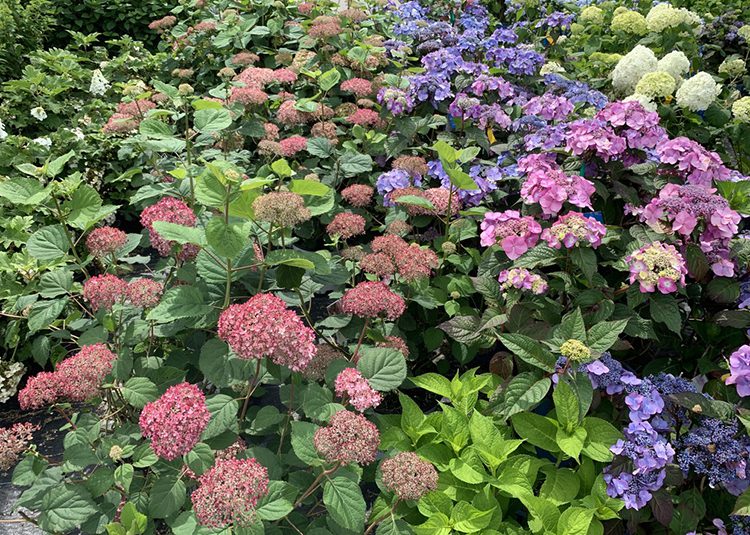
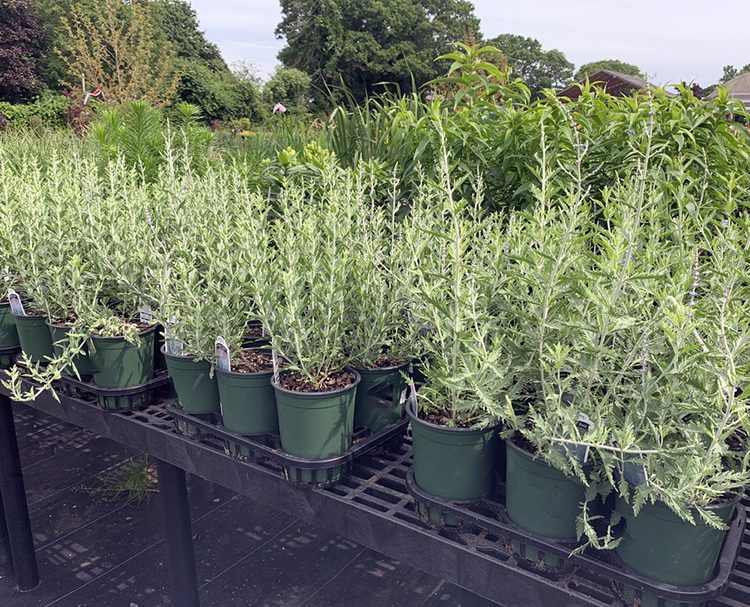
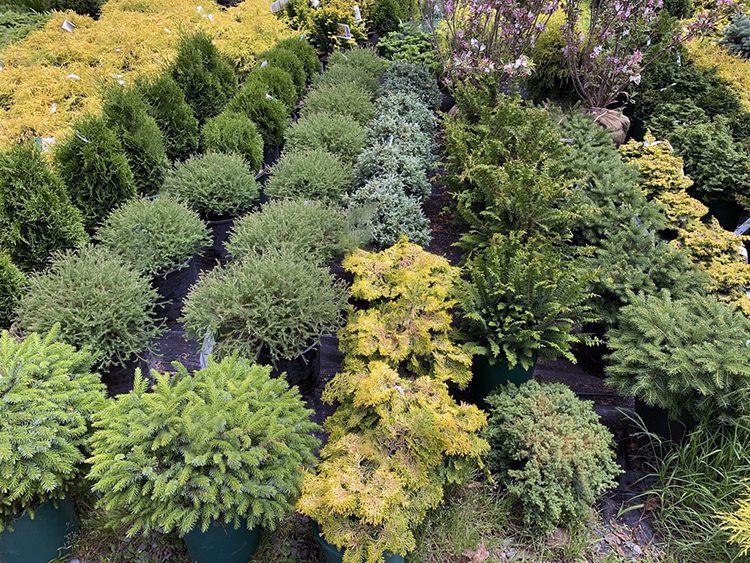
Here are some tips for success with your summer plantings:
- Know that newly placed plants have a rootball the size of the pot. These plants will require a deep soaking once a week to the entire area, not just hand-watering an individual plant. This is because if the soil to all sides of that new plant is dry, the roots won’t grow into the surrounding area. Additionally, dry soil sucks the moisture from the rootballs of your new plants. Begin with a deep soaking once a week of the entire area and a layer of mulch. Then monitor the look of the plants moving forward…if they look droopy in between the weekly irrigation, spot water. This is most likely to be needed for hydrangeas.
- While an application of Bio-tone is recommended in the hole and surrounding area when plants are placed in the soil, additional fertilizer isn’t recommended in the summer months.
- Mulch should be an inch or two deep, but not thicker. Too much mulch soaks up the water intended for the plants roots.
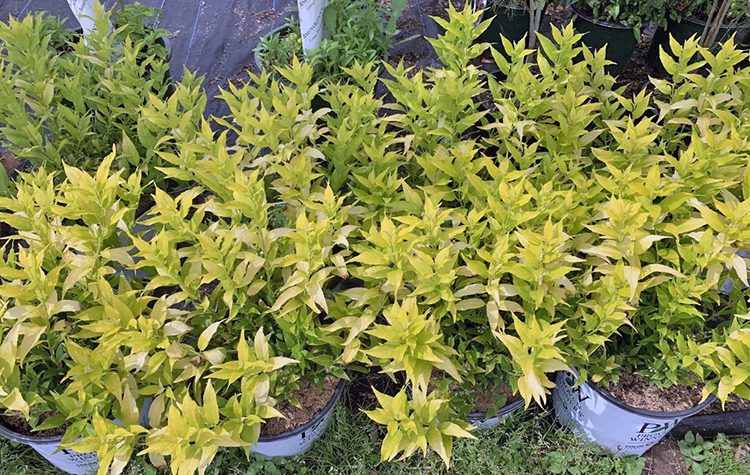

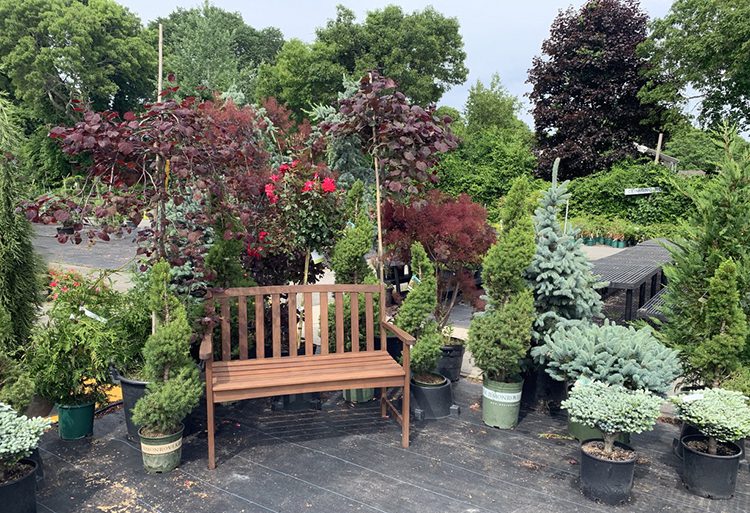
Subscribe To Our Newsletter
Sign up for our weekly email about sales and events.
